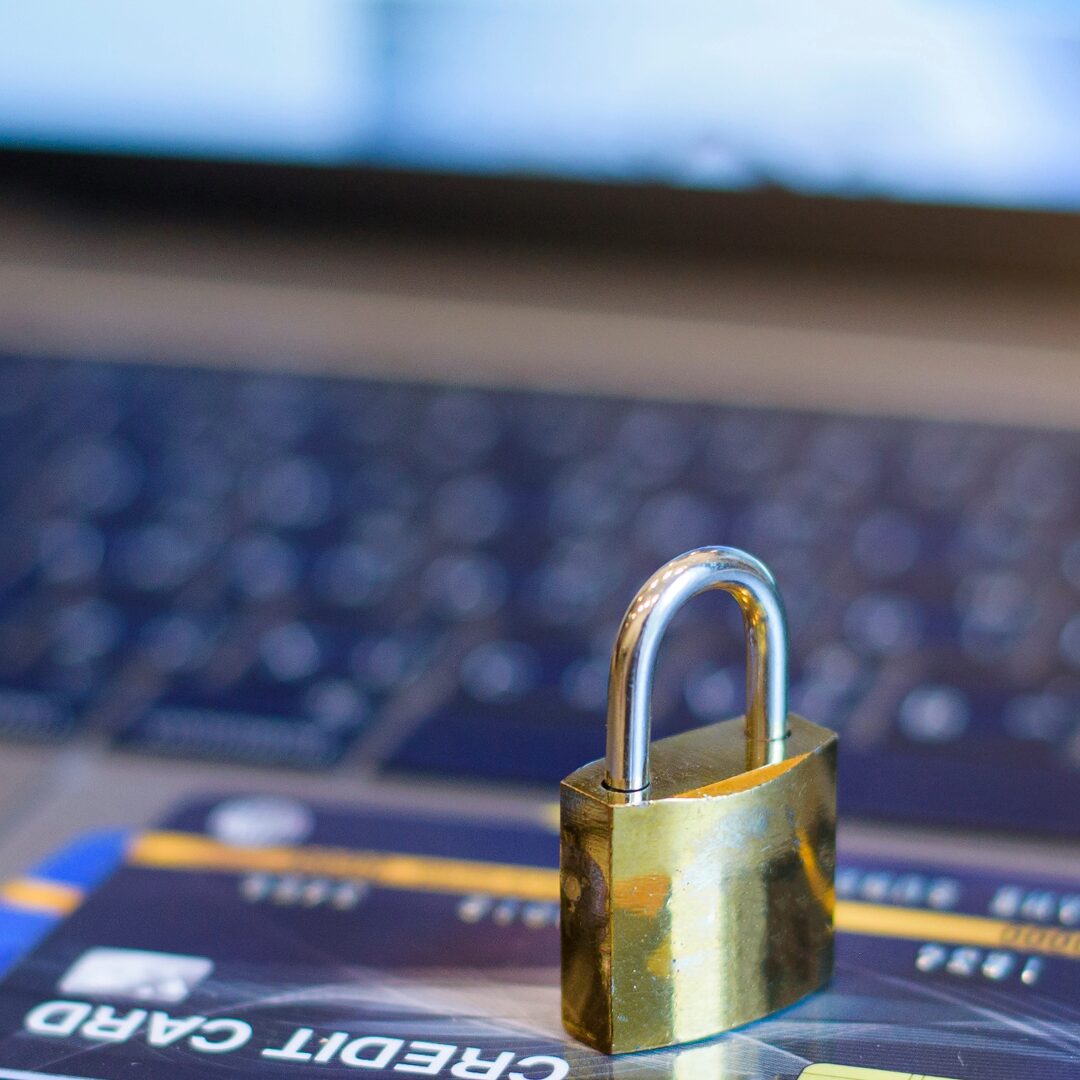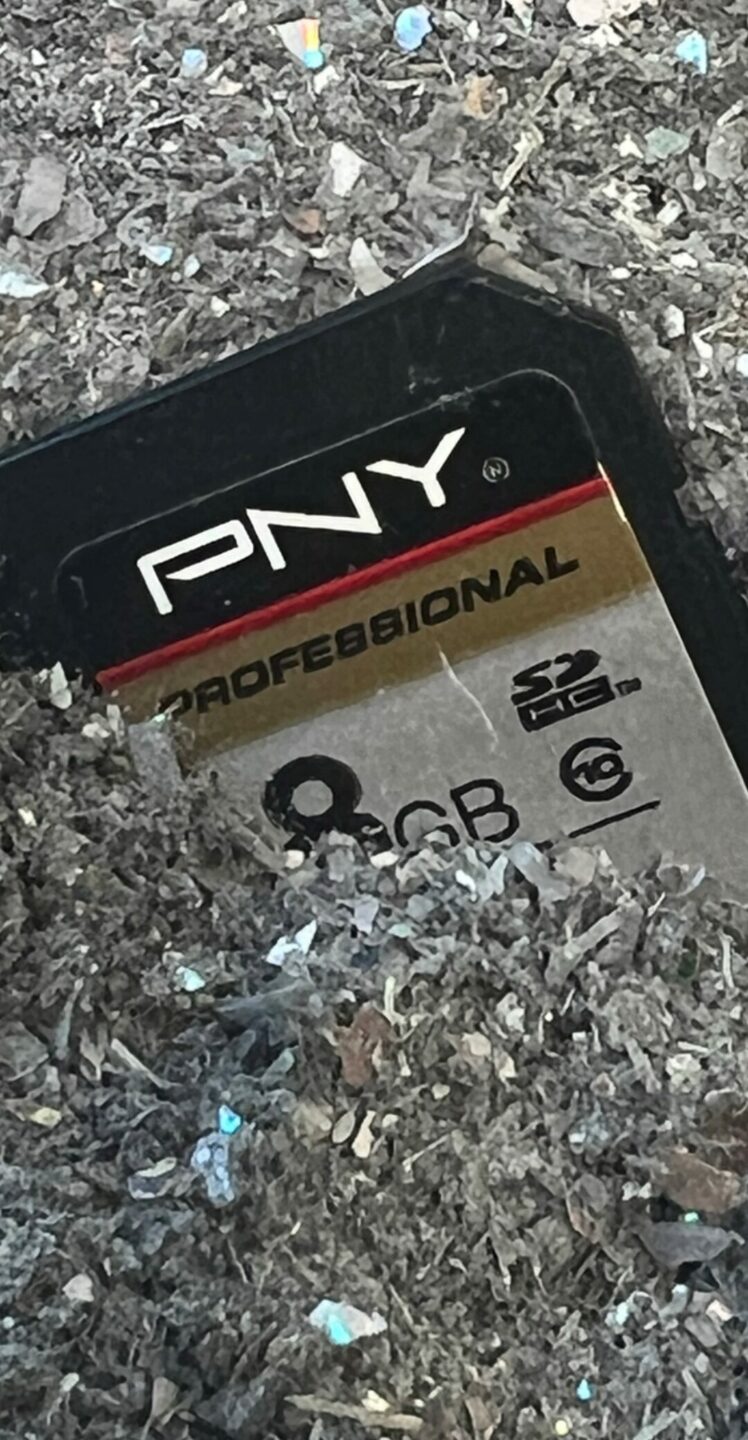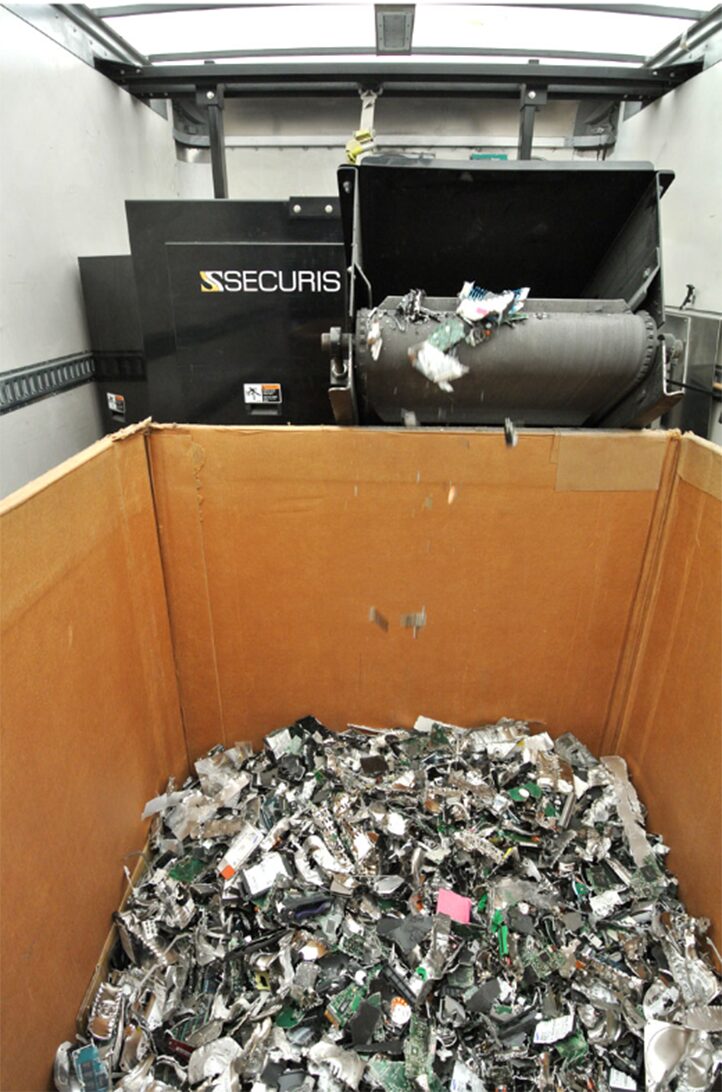What is the Gramm-Leach-Bliley Act?
Financial Institutions must comply with information security and privacy regulations when they retire end-of-life computers, networking devices, servers, phones, and tablets. This article explains one of those compliance standards, the Gramm-Leach-Bliley Act (GLBA). By working with the right IT Asset Disposition Partner, your company can reduce the risk of a breach like the one that occurred at Morgan Stanley and comply with GLBA and other compliance standards. The GLBA, enacted in 1999, primarily focuses on protecting consumer financial information held by financial institutions. It includes provisions to safeguard sensitive data and mandates specific requirements for data destruction as part of its broader privacy and security framework.




